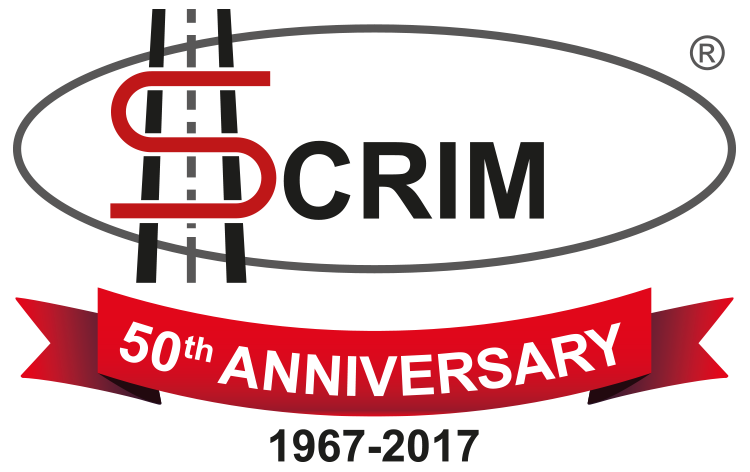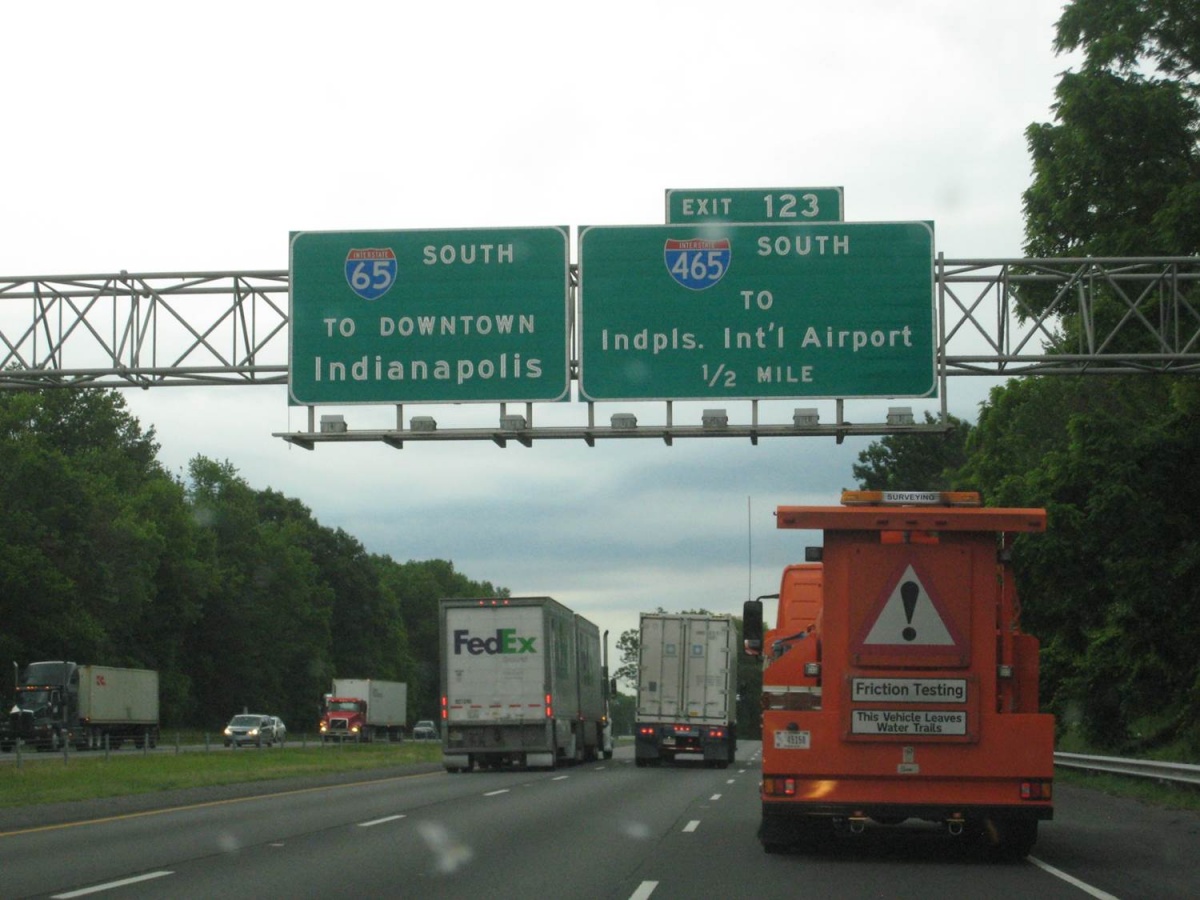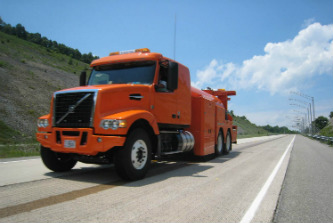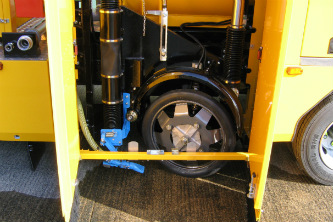SCRIM® Surveys
Helping to lower crash rates by identifying where there is a risk of wet-road skidding.
Since the mid-1970s highway authorities worldwide have used the SCRIM® road survey machine to indicate those lengths of road where the skid resistance is below investigatory levels.**
 Since the mid-70s highway authorities have used the SCRIM® road survey machine to indicate those lengths of road where the skid resistance is below investigatory levels.**
Since the mid-70s highway authorities have used the SCRIM® road survey machine to indicate those lengths of road where the skid resistance is below investigatory levels.**
The SCRIM® road survey machine has successfully completed trials in five US states and has been rated as 'Exceptional' quality by the US Federal Highways Association (FHWA).
Studies in both the United Kingdom and in New Zealand show that introducing a wet road skidding policy and working with the SCRIM® helps reduce accidents by between 30 and 40%, over and above the results of other safety improvement programs. For using the SCRIM® in the US, the European testing system had to be adapted to US standards, using high precision GPS, a 12-volt electrical system, and pass safety and pollution standards for all 50 US states.
The introduction of regular SCRIM® machine surveys, together with a skid policy based on the current standards, offers a very cost effective option for local authorities to achieve and maintain reductions in their road casualty rates. The SCRIM® machine survey is applicable to all surfaced roads where the volume of traffic justifies its use and where the equipment, which is commercial vehicle-based, can travel safely at 30 mph.
The results from SCRIM® surveys identify those locations where the skid resistance is below investigatory levels and relate to the risk of an accident.
The concept behind the standards is that there should be a uniform risk of a wet road skidding accident across the whole network.
The lowest skid resistant aggregates are required on interstates and divided highways tangents, while the highest standards are required on the approach to intersections and pedestrian crossings. This approach provides a sustainable policy by targeting the best aggregates to the highest risk areas.
Management of the safety of a network and the control of wet road skidding accidents can be achieved only if the skid resistance of the network is known and those measurements can be related to national standards.
With knowledge of skid resistance, investigation of deficient sites can be undertaken to help reduce accidents, provide continuous improvement in the crash rates and obtain best value.
* Registered in the US Patent and Trademark Office
** Published in the Design Manual for Roads and Bridges and in the Local Authorities Code of Practice





